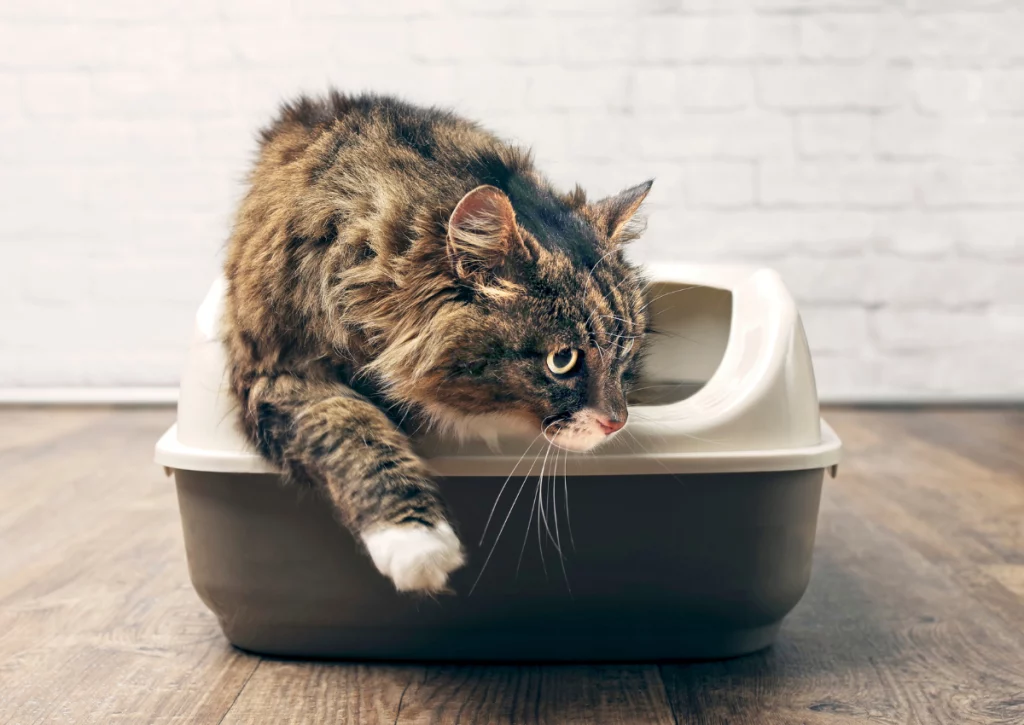Introduction: The Silent Suffering of Our Feline Friends
Cats, beloved companions in many households, often mask their discomfort, making it challenging for owners to detect subtle signs of distress. One critical condition that can arise is urinary obstruction, which, if left untreated, may lead to tragic consequences. Early recognition of the symptoms can be life-saving, so understanding the nuances of this affliction is paramount for every cat owner.
Recognizing the Symptoms
Before addressing treatment, it’s crucial to recognize the signs that suggest a cat may be suffering from urinary obstruction. Affected cats often display frequent posturing as if trying to urinate, yet nothing appears. During this time, their bladder may feel swollen upon examination. Other alarming symptoms include persistent vomiting, diarrhea, lethargy, loss of appetite, depression, and an overall lack of energy. As the condition worsens, the cat’s eyes may appear relaxed with dilated pupils. If you notice these indications, prompt veterinary attention is essential to prevent potential fatalities.
Immediate Medical Interventions
The cornerstone of treating urinary obstruction in cats involves swift medical intervention. Urinary Catheterization is often the first step; this procedure allows for the immediate relief of pressure in the bladder. Following this, a veterinarian may prescribe anti-inflammatory drugs and diuretics to reduce inflammation and promote urinary flow. This initial treatment is crucial to stabilizing the cat and preventing further complications.

Creating a Comfortable Environment
Addressing a cat’s emotional and physical environment can significantly influence its recovery. Providing a comfortable habitat can help reduce stress, which is vital for all pets. Ensure that their living space is quiet, cozy, and devoid of disturbances that might heighten their anxiety. Engage gently with your cat, offering reassuring presence to foster a sense of security during their recovery period.
Addressing Underlying Causes
Urinary obstruction in cats can stem from various underlying issues, including urolithiasis (kidney stones) and conditions like kidney failure, prostate enlargement, cancers, or urinary tract infections. In the case of stones, ultrasound examination is essential for determining their presence and location. Surgical intervention may be necessary to remove these obstructions, followed by medication to facilitate healing and prevent recurrence.
For cases of urinary obstruction arising from more complex health concerns, such as renal failure or cancer, it is crucial to seek specialized treatment. This may include urinary catheterization in a veterinary hospital, where continuous monitoring and necessary follow-up care can be administered. The priority must always be on the cat’s well-being and comfort throughout this challenging process.
Conclusion: Vigilance and Care
Cats rely on their caretakers to be vigilant and proactive in recognizing any signs of discomfort. Understanding the potential implications of urinary obstruction and acting swiftly can make a world of difference. Although the journey to recovery may require patience and care, there is hope. With the right treatment and conditions, our feline friends can regain their health and vitality, continuing to bring joy into our lives.























































